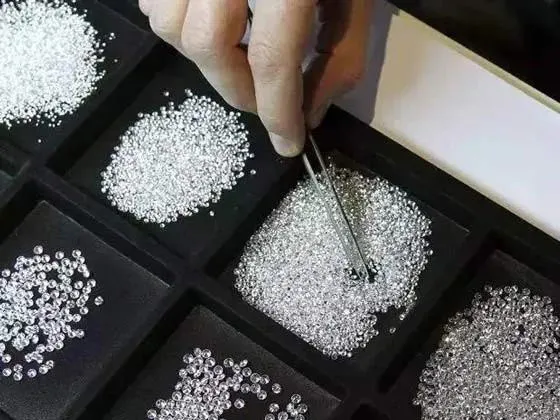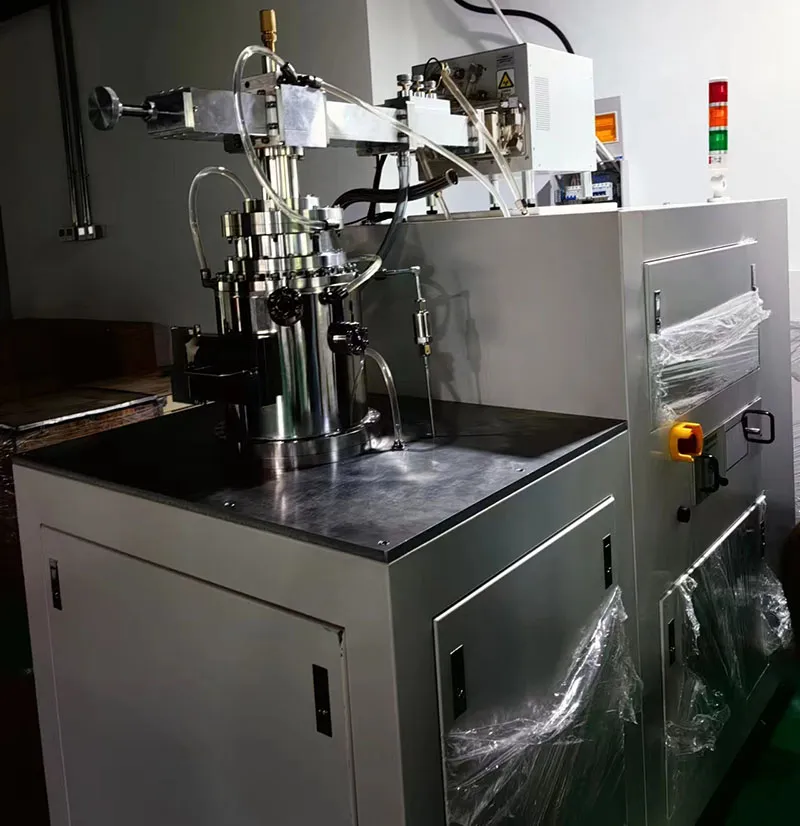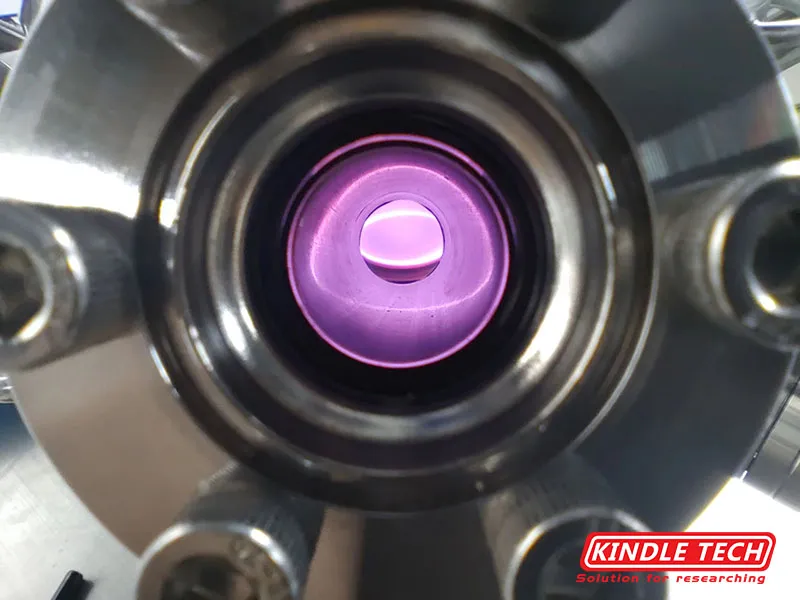author:airui time:2023-02-10 view:[]

In recent years, more and more people have heard about laboratory-grown diamonds, CVD diamonds, HPHT diamonds, and artificial diamonds. There are many statements about the growth time of lab-grown diamonds, such as one carat of lab-grown diamonds can be grown in a week, which means that they can be produced rapidly and in large quantities. Is this the case? Let's have a look today!

First of all, the growth of one carat a week is an inaccurate and ambiguous statement. To be exact, the growth of one carat a week only refers to the number of carats of rough raw stones, not the number of carats of bare diamonds. For example, if the one-carat round diamond is used, the actual production rate is 26% - 28%, so at least four carats of CVD rough raw stone are required to cut one carat of CVD finished bare diamond. The color of a carat of CVD diamond is different due to different growth times. It takes 810 hours for a carat of an F color CVD diamond, 625 hours for a carat of a G color CVD diamond, and 530 hours for a carat of an H color CVD diamond.
Therefore, this is also the reason why there are not many F-color CVD diamonds on the market. It will be found that the growth time of F-color is nearly 35% longer than that of G-color, the yield of blanks will also decrease, and the technical difficulty will also increase. The DE color diamond is not a solution in time but requires higher technology and accurate control of data. The temperature, specific heat capacity, and gas ratio of each link are different. Therefore, people should know that they can indeed produce in batches, but not in large quantities. They can indeed grow rapidly, but not in a week.

The gas sources used to grow MPCVD single crystal diamond mainly include hydrogen (H2), methane (CH4), nitrogen (N2), and oxygen (O2), which are cracked into H, O, N atoms or CH2, CH3, C2H2, OH and other groups under the action of microwave source. Carbon-containing groups (CH2, CH3, C2H2) will form a gas-solid mixed interface on the diamond surface, and diamond (sp3), amorphous carbon or graphite (sp2) can be grown under the dynamic equilibrium model or non-equilibrium thermodynamic model. The etching speed of amorphous carbon or graphite (sp2) by hydrogen plasma is much faster than that of diamond (sp3), so the nondiamond phase on the surface of CVD diamond is rapidly etched to achieve diamond growth.
